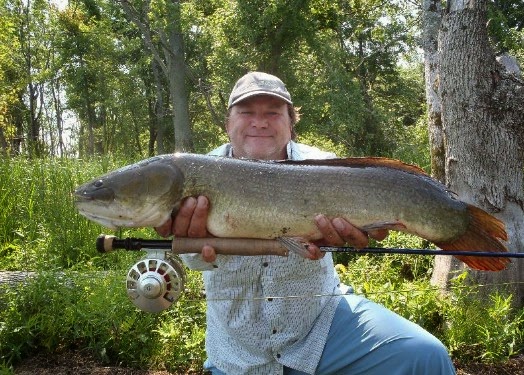
But finding most of them, such as dogfish, ocean perch, scup, periwinkles, sea robin, or sea urchin, at a local market or on a restaurant menu is a challenge.Ī new Eating with the Ecosystem study that used citizen scientists to track the availability of these underappreciated species documented some interesting observations about local fish and shellfish in the New England marketplace. More than 100 edible wild seafood species thrive in the region’s salty waters.

“It’s about increasing consumer awareness about what is out there and creating a demand,” Masury said. With its mild white boneless flesh, Kate Masury, program director for Eating with the Ecosystem, said dogfish is less flaky than cod but just as delicious.Įating with the Ecosystem, a Rhode Island-based nonprofit that promotes a place-based approach to sustaining New England’s wild seafood, is working with consumers, chefs, suppliers, processors, and fishermen to build a market for dogfish and the many other lower-valued species swimming off New England’s coast. In Britain, dogfish is often the key ingredient in fish and chips.Ī few years ago, in an attempt to make the fish sound more appealing, the Cape Cod Commercial Fishermen’s Alliance, New England fishermen, and conservationists tried to rebrand it as “Cape shark.” The effort to create local demand for this plentiful regional species, which grew in number with the collapse of the cod fishery, hasn’t yet taken hold. The name for this member of the shark family has kept it off dinner plates, at least in the United States. Dogfish doesn’t have an appetizing ring to it.


 0 kommentar(er)
0 kommentar(er)
